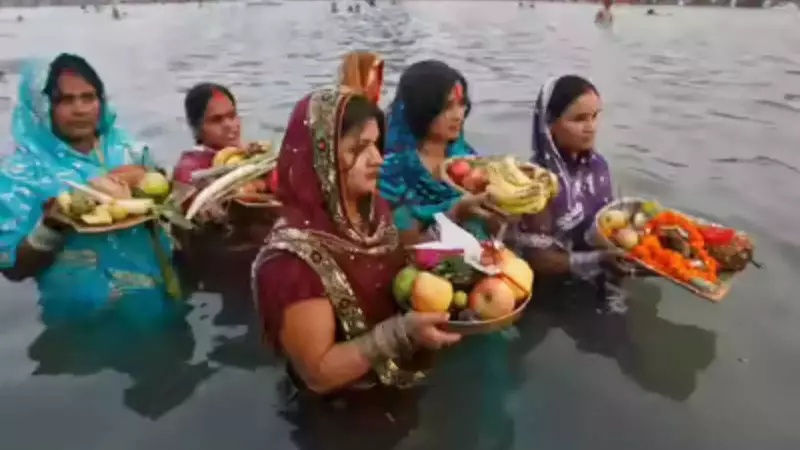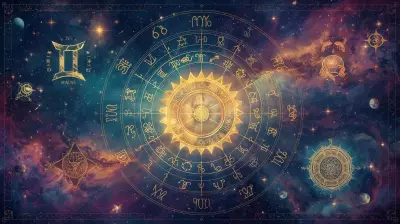
Mark your calendars for one of India's most ancient and spiritually significant festivals! Chhath Puja 2025 promises to be a magnificent celebration of faith, discipline, and devotion to the Sun God. This year, the sacred four-day observance carries profound spiritual meaning for millions of devotees across the country.
Chhath Puja 2025: Key Dates and Schedule
The festival unfolds over four spiritually charged days, each with its own unique rituals and significance:
- Day 1: Nahay Khay - November 1, 2025 (Saturday)
- Day 2: Kharna - November 2, 2025 (Sunday)
- Day 3: Sandhya Arghya - November 3, 2025 (Monday)
- Day 4: Usha Arghya - November 4, 2025 (Tuesday)
Sunrise and Sunset Timings for Rituals
Timing is everything in Chhath Puja, as devotees offer prayers during the most spiritually potent moments of the day:
Sandhya Arghya (Evening Offerings - November 3)
Sunset Time: 5:30 PM
Devotees gather at riverbanks and water bodies to offer evening prayers to the setting sun, creating a breathtaking spectacle of faith and devotion.
Usha Arghya (Morning Offerings - November 4)
Sunrise Time: 6:35 AM
The final day begins before dawn as worshippers return to water bodies to offer prayers to the rising sun, completing the sacred cycle of worship.
The Four Days of Spiritual Journey
Day 1: Nahay Khay - Purification and Preparation
The journey begins with ritual purification. Devotees take holy dips in rivers and prepare their homes and minds for the rigorous fasting ahead. The day involves consuming a single meal, typically featuring kaddu bhat (pumpkin curry with rice), initiating the spiritual cleanse.
Day 2: Kharna - The Day of Strict Fasting
Devotees observe a day-long fast without water, breaking it only after sunset with traditional offerings. The prasad typically includes kheer (rice pudding), puris, and fruits, prepared with utmost purity and devotion.
Day 3: Sandhya Arghya - Evening Offerings
This is the most visually stunning day of the festival. Families gather at water bodies with bamboo baskets filled with offerings - fruits, thekuas, and sugarcane. Standing in water for long periods, they offer prayers to the setting sun, creating an atmosphere charged with spiritual energy.
Day 4: Usha Arghya - Morning Offerings
The culmination of Chhath Puja sees devotees returning to water bodies before sunrise. As the first rays of the sun appear, they offer their final prayers, breaking their 36-hour fast and seeking blessings for their families' health and prosperity.
The Deep-Rooted Significance of Chhath Puja
Chhath Puja isn't just a festival; it's a profound spiritual practice that dates back to ancient Vedic times. The ritual of worshipping the Sun God holds multiple layers of significance:
- Scientific Benefits: The exposure to solar radiation during sunrise and sunset helps in vitamin D synthesis and detoxification
- Spiritual Cleansing: The rigorous fasting and rituals purify both body and mind
- Cultural Heritage: Preserves ancient traditions and strengthens community bonds
- Environmental Connection: Emphasizes harmony with nature and natural elements
Essential Rituals and Traditions
The festival is characterized by several unique practices that make it distinct from other Hindu festivals:
- Prasad Preparation: All offerings are prepared without salt, onion, or garlic
- Bamboo Baskets: Traditional bamboo baskets (soop/daura) are used for carrying offerings
- Holy Dip: Devotees stand in water bodies for extended periods during prayers
- Family Participation: Entire families, including children, participate in the rituals
As Chhath Puja 2025 approaches, devotees across India are preparing for this deeply spiritual journey that strengthens their connection with nature, tradition, and the divine energy of the Sun God.





